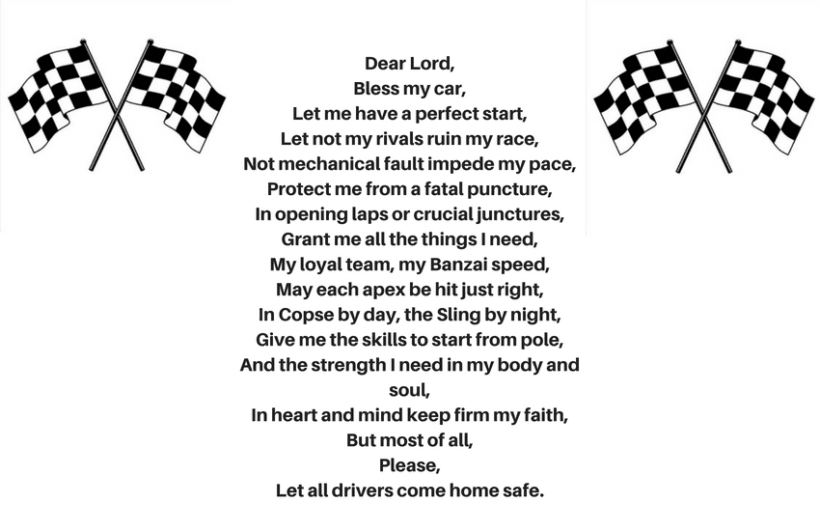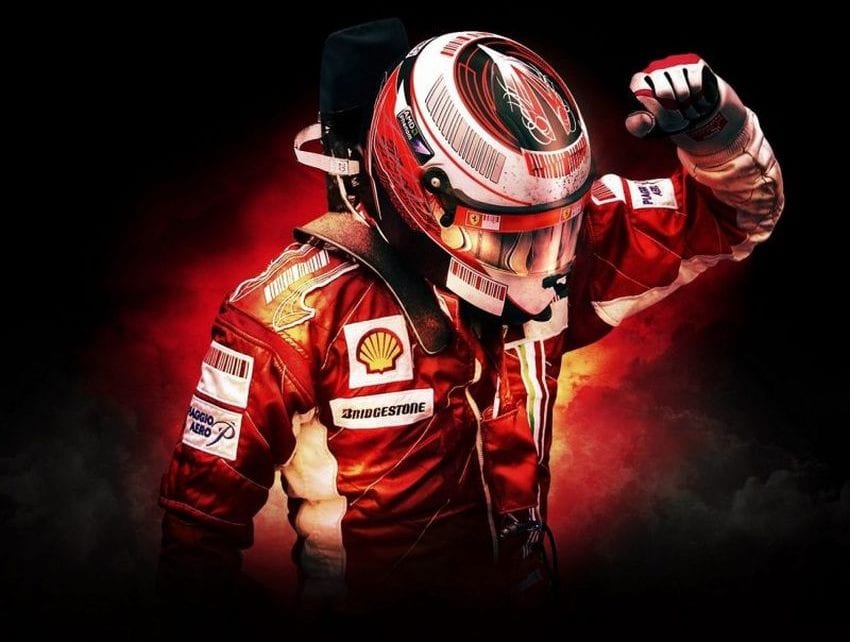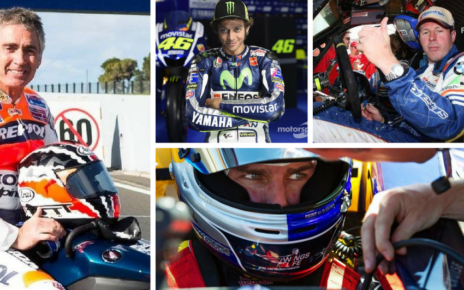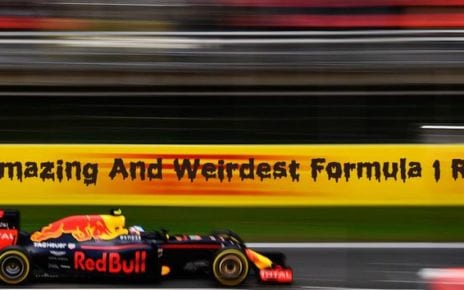Formula one racing gained popularity in the middle 20th century. The reason why it attracts large crowds is that it combines thrills and glamour of driving supercars in exotic locations all over the world. Grand Prix racing has existed as long as cars have been around.
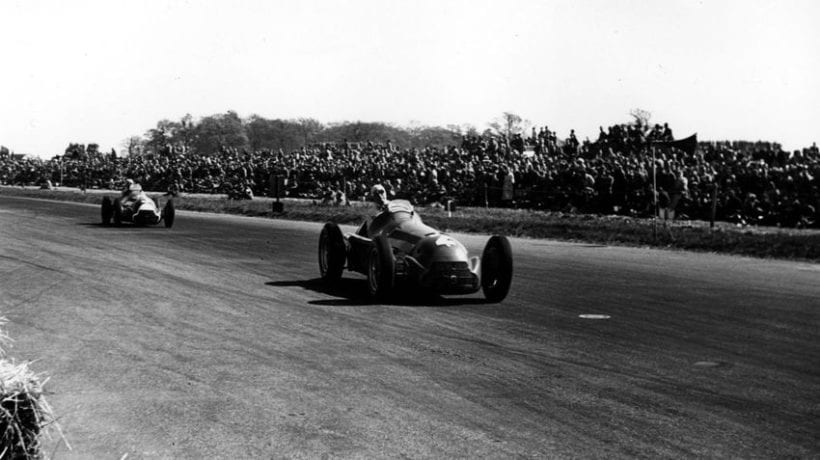
The formula one world championship season was inaugurated in the in 1950. In those days the occurrence of death was a regular thing (both during testing drives and races). Formula one drivers walk into the sport fully aware of the risk.
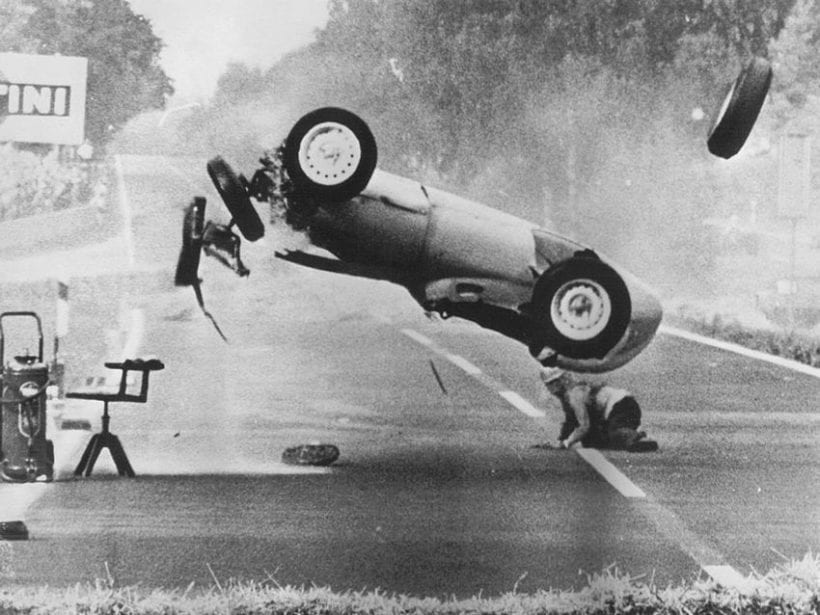
The racing industry has witnessed an improvement in safety standards over the decades. These improvements have only reduced the number of deaths suffered by drivers, but the improvements have not eliminated the problem. The number of fatalities has decreased gradually from fifteen in 1952 to two in 1990.
No driver has been killed during a Grand Prix event since the deaths of Ayrton Senna and Roland Ratzenberger, 1994- San Marino Grand Prix. Senna was considered as one of the all-time greats, and his death was unfortunate.
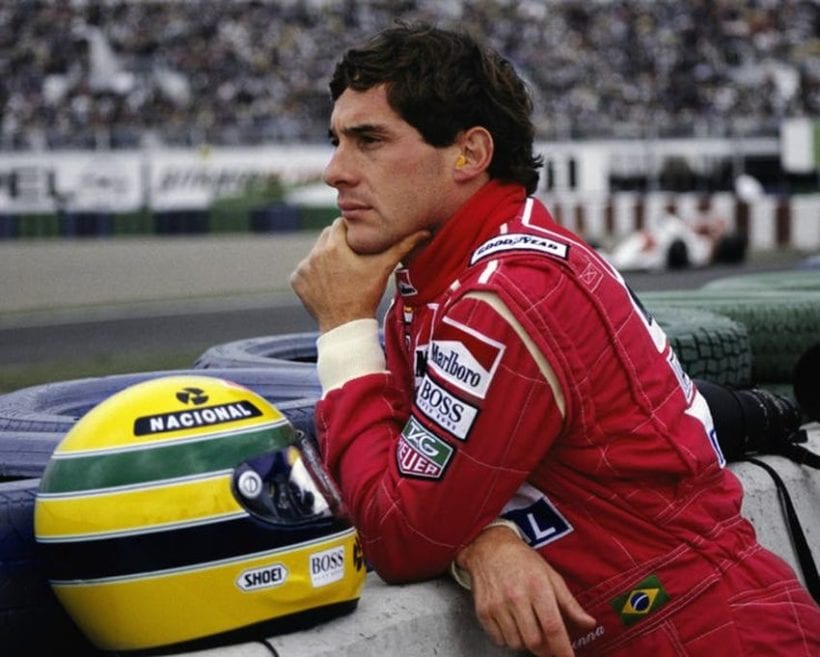
Safety improvements have always been motivated by various tragedies, for example, after Ayrton Senna’s death, circuits that were viewed as dangerous and unsafe were scrapped off the formula one, for example, the Imola and Hockenheim circuits.
Another major improvement that we have witnessed over the decades is the inclusion of acres of asphalt run-off areas. This improvement has given drivers the confidence of testing their limits around corners and bend without fear. Spares sponsors from the agony of witnessing drivers crushing into their expensive banners.
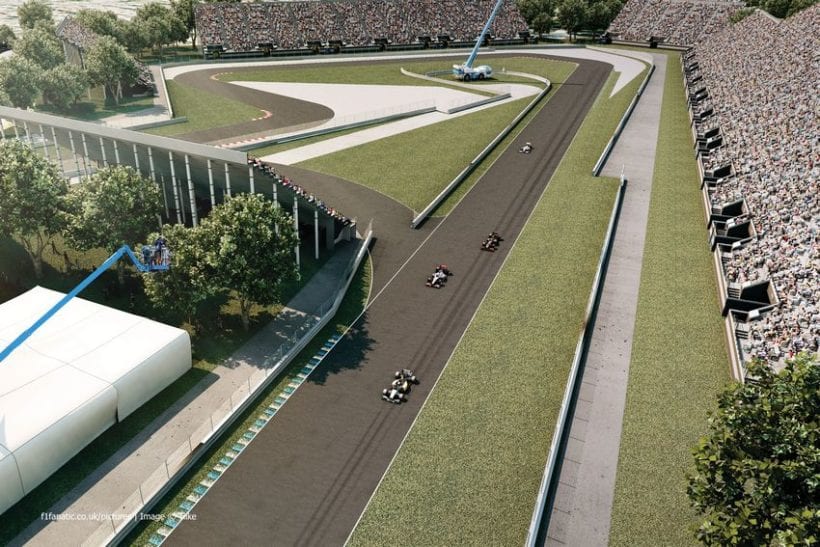
The formula one car has evolved in a way that in case of collisions, the impact is absorbed by the chassis- safeguarding the driver’s safety.
The tire barrier has been significant in reducing the fatality of injuries that may occur from crushes.
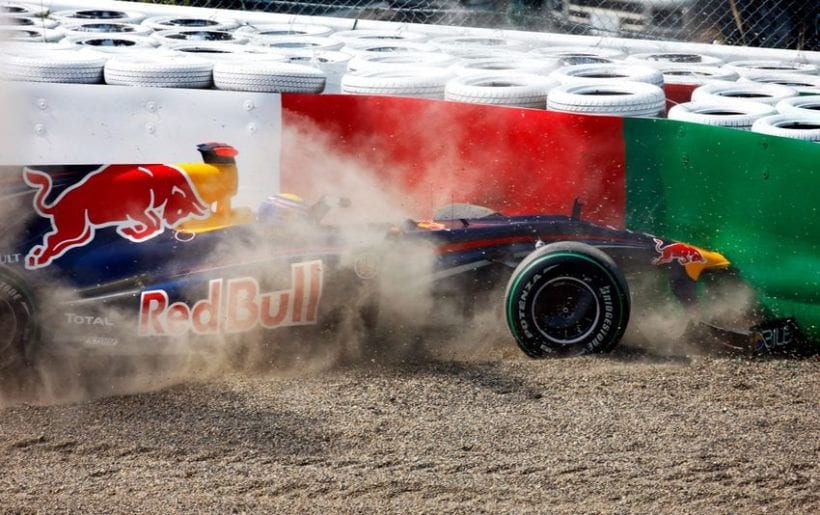
The improvement stated above have and will be instrumental in reducing the number of fatalities in the sport. It is important to note that an accident is likely to occur during events: controlling a vehicle at 300kph can prove to be quite a challenge. Nothing but a freak accident is likely to happen.
The events that led to the fate of Filipe Massa in the 2009 Hungarian Grand Prix can only be described as a freak accident. During qualifying, Massa clocked speeds higher than 207kph on the straight heading to turn four. Filipe Masa was struck by a tiny spring on the head. This rendered Filipe Massa unconscious resulting in his feet pressing both the accelerator and brake pedals. He slammed his formula one against a tire barrier at speeds around 100kmp. Though not fatal, Filipe Massa, was able to recover from his injuries and was released from the hospital a week later. In 2010 he was back to the cockpit.
These events and accidents are likely to happen in the history and future of formula one racing. Unlucky and unexplainable twists of fate have ended the lives of many promising talents.
For decades, formula one has been accustomed to seeing drivers walking injury free away from crushes. For example Robert Kubica’s barrel roll accident in Canada in 2007 or Mark Webber’s summersault in Valencia in 2010. This is thanks to the improvements that I have stated above.
It is visible that the immediate danger facing formula one driver is the exposure of their heads. This has been a heated debate because of the open design of F1 cars is open. Many changes and improvements have been made to protect the heads of formula one drivers over the years. Research and tests have been done on the et-fighter style canopy’ and its possible implementation to the formula one design. The result was the conclusion that canopies have their flaws. It was the decision of the governing body not to interfere with the identity of the sport.
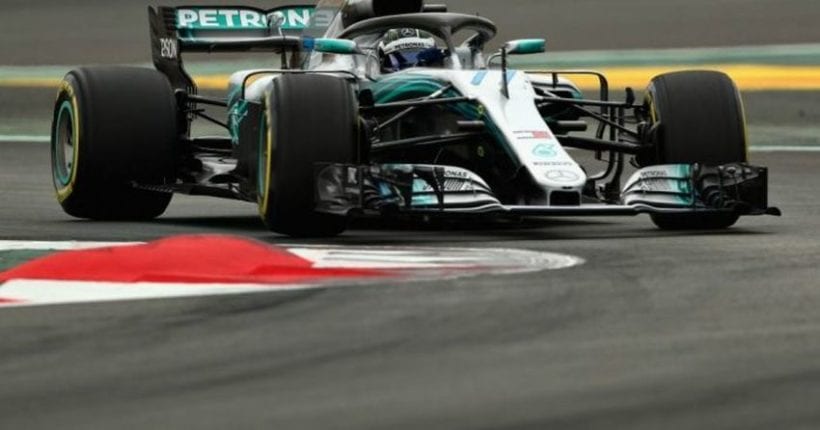
The bottom line is that formula one racing is dangerous; but why do drivers still indulge in the sport? Many drivers state that joy is their motivation. The joy and honor of competing in a major world renowned sport is a reasonable excuse to take part in a life threatening sport. Drivers have also evolved to learn from the mistakes of their predecessors and teammates. This has led to the incorporation of skill and technique in racing. The latest crush that we have witnessed in formula one in recent times is Bianchi’s accident. This is a testament that the sport has its risks and is dangerous. We can only have faith that there will be more improvements in the future.
The F1 Drivers Prayer
